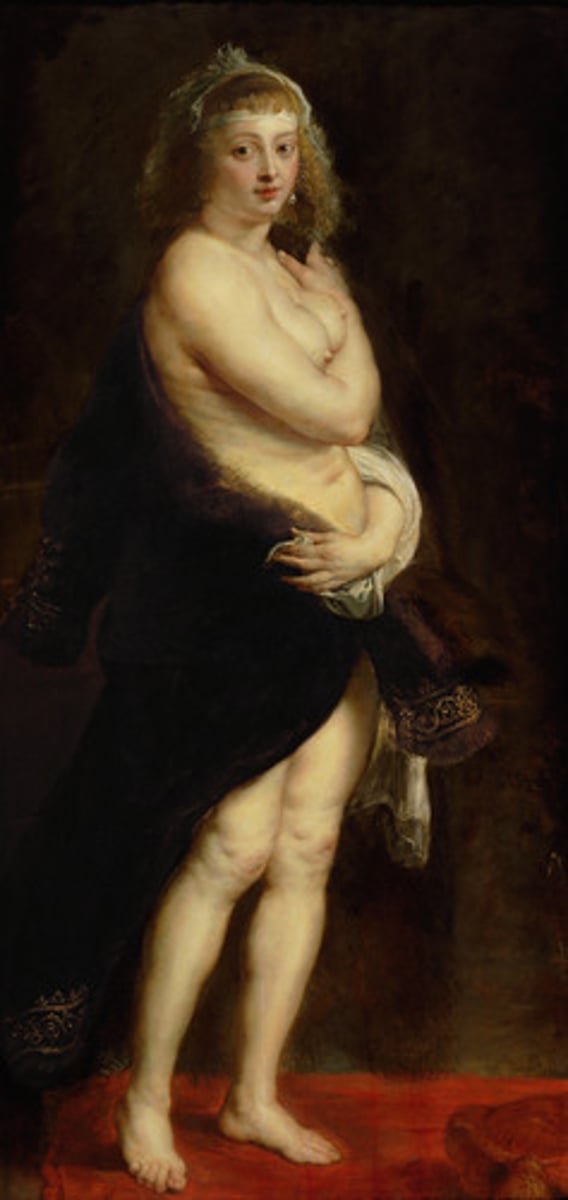AP Euro Topic 2.7 16th c. Art Terms and Names (Amsco Bolded)
1/20
Earn XP
Description and Tags
Name | Mastery | Learn | Test | Matching | Spaced |
|---|
No study sessions yet.
21 Terms
Mannerism
an artistic movement that emerged in Italy in the 1520s and 1530s; it marked the end of the Renaissance by breaking down the principles of balance, harmony, and moderation
Tintoretto
Venetian Mannerist painter
El Greco
Spanish Mannerist painter (born in Greece) remembered for his religious works characterized by elongated human forms and dramatic use of color (1541-1614)
Baroque
An artistic style of the late 16th through 17th century characterized by complex forms, bold ornamentation, and contrasting elements and intense emotion. The art of the Catholic Reformation
Caravaggio
Italian Baroque painter noted for his realistic depiction of religious subjects and his use of Chiaroscuro
Artemisia Gentileschi
Baroque painter famous for vivid depictions of dramatic Old Testament scenes esp her Judith paintings
Gian Lorenzo Bernini
Italian architect and sculptor, famous for Saint Peter's Basilica, Ecstasy of St Teresa. Is sometimes called artist of the Catholic Reformation.
Peter Paul Rubens
is the most famous Baroque artist who studied Michelangelo in Italy and took that Renaissance style to the next level of drama, motion, color, religion and animation, which is portrayed in his paintings
Chiaroscuro
The treatment of light and shade in a work of art, especially to give an illusion of depth or to focus the eyes on a certain aspect of the painting.
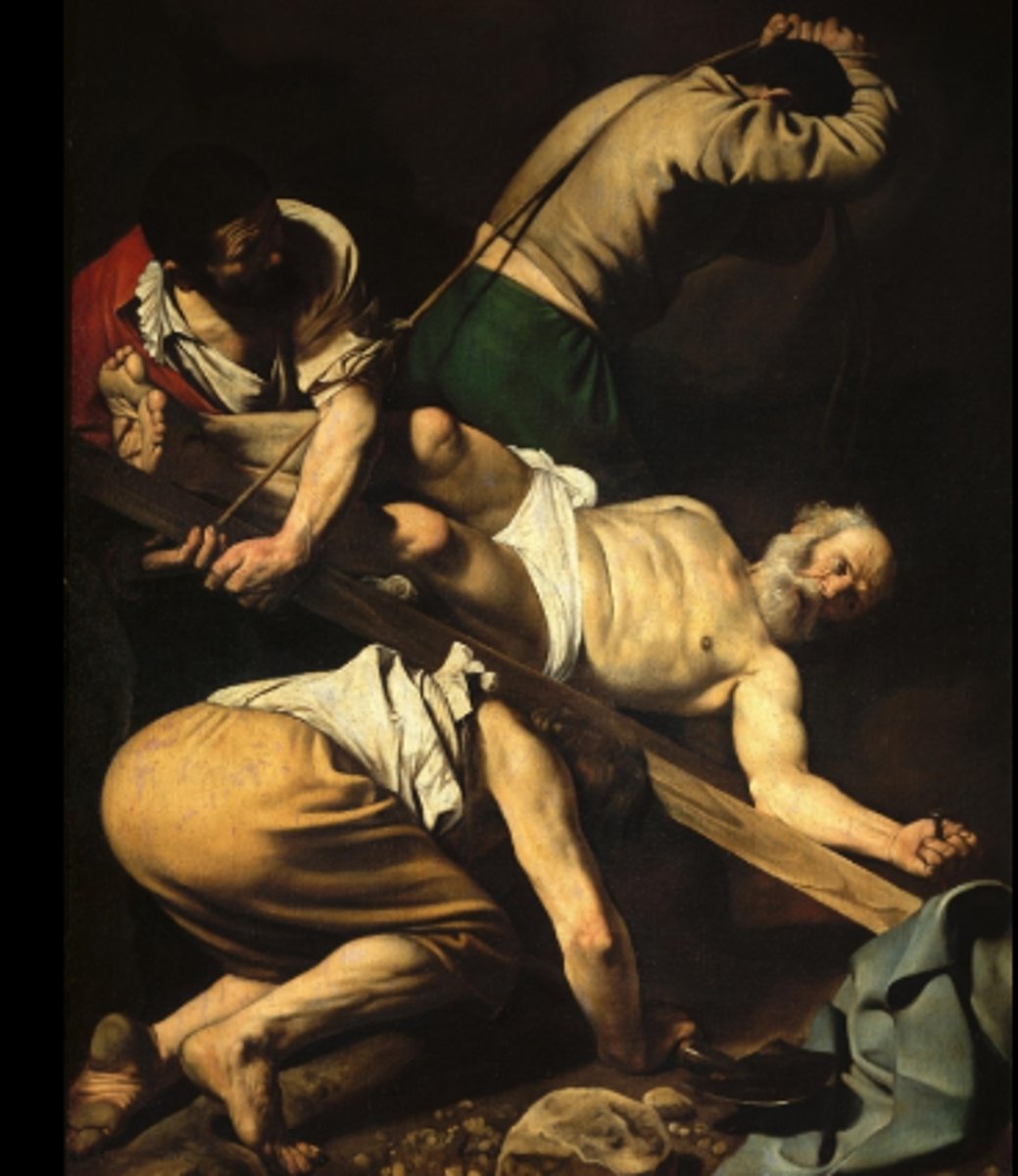
Gian Bernini, Throne of Saint Peter
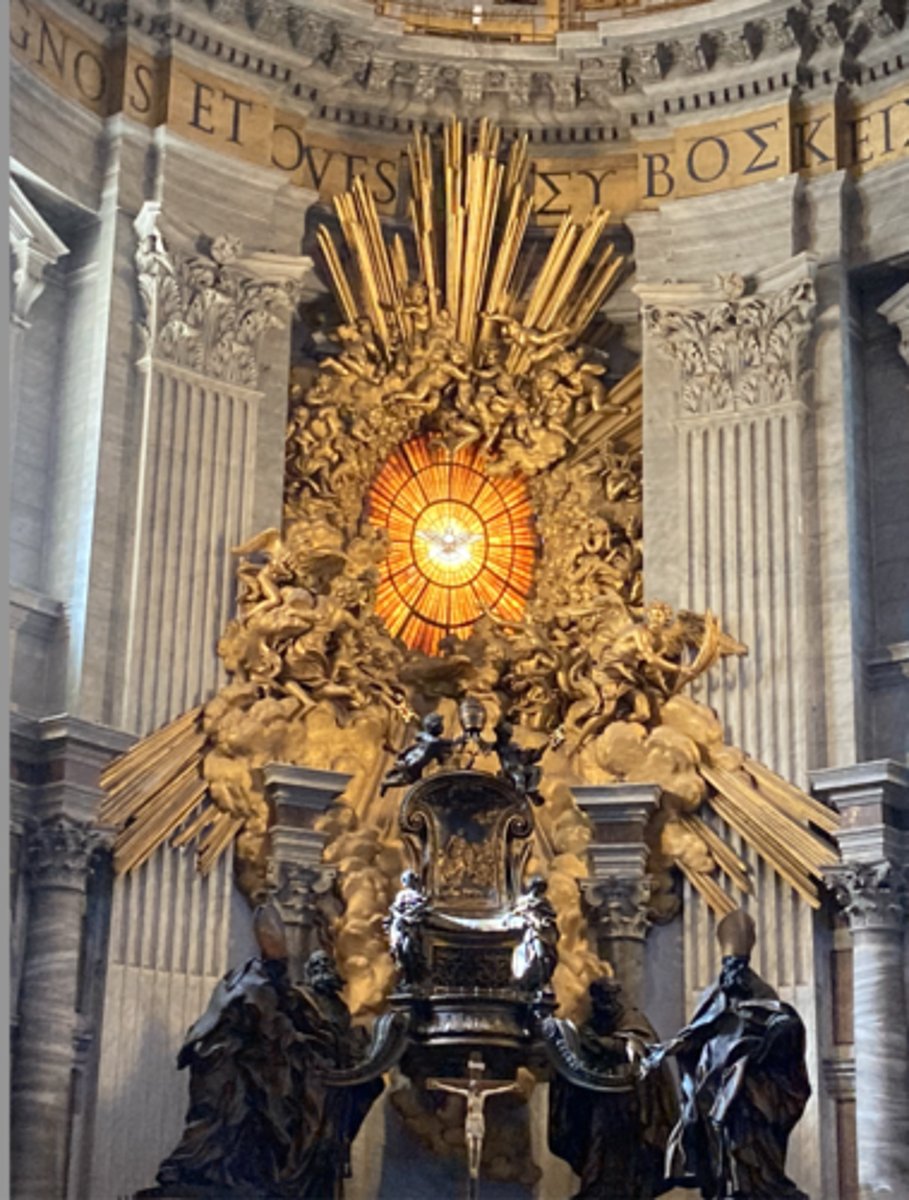
Gian Bernini, Fountain of the Four Rivers
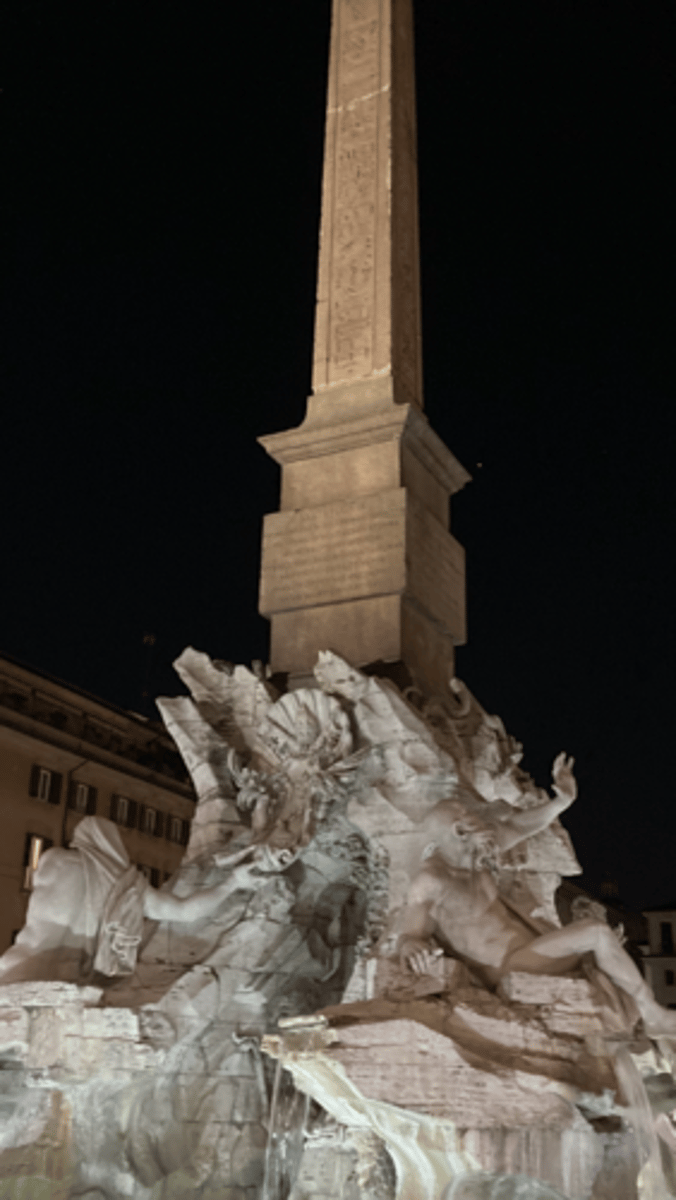
El Greco, Christ Crucified with Toledo background
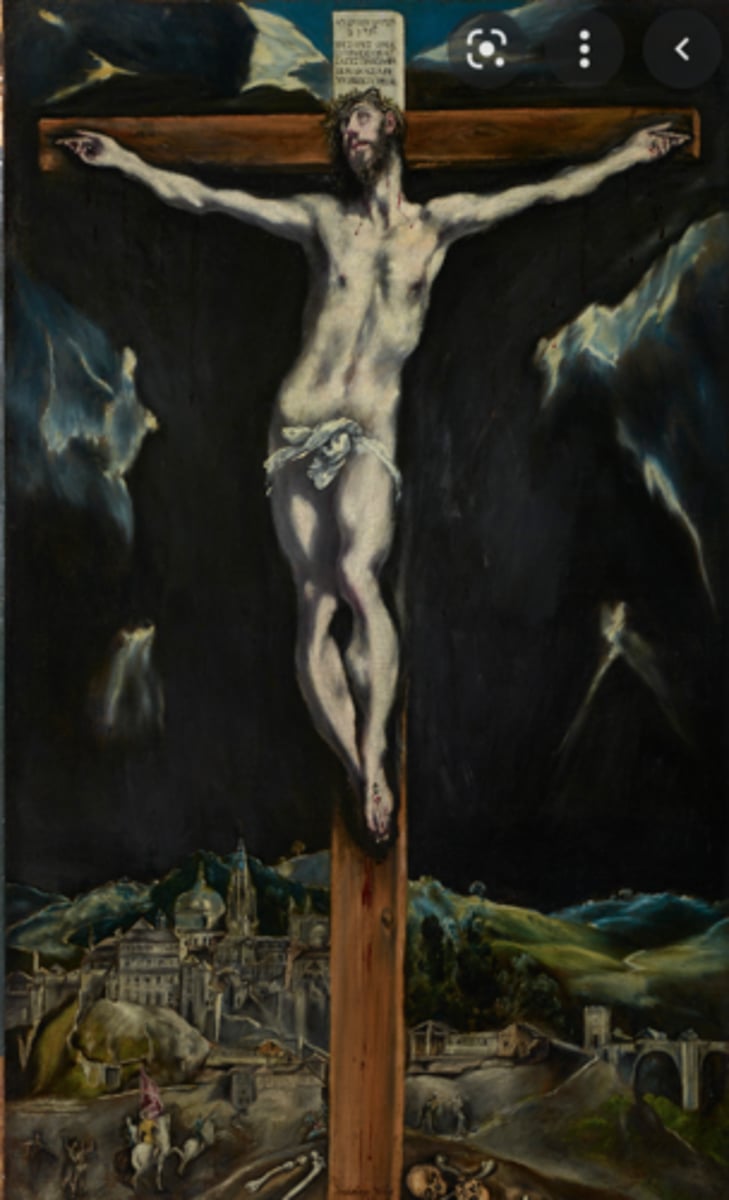
El Greco, View of Toledo
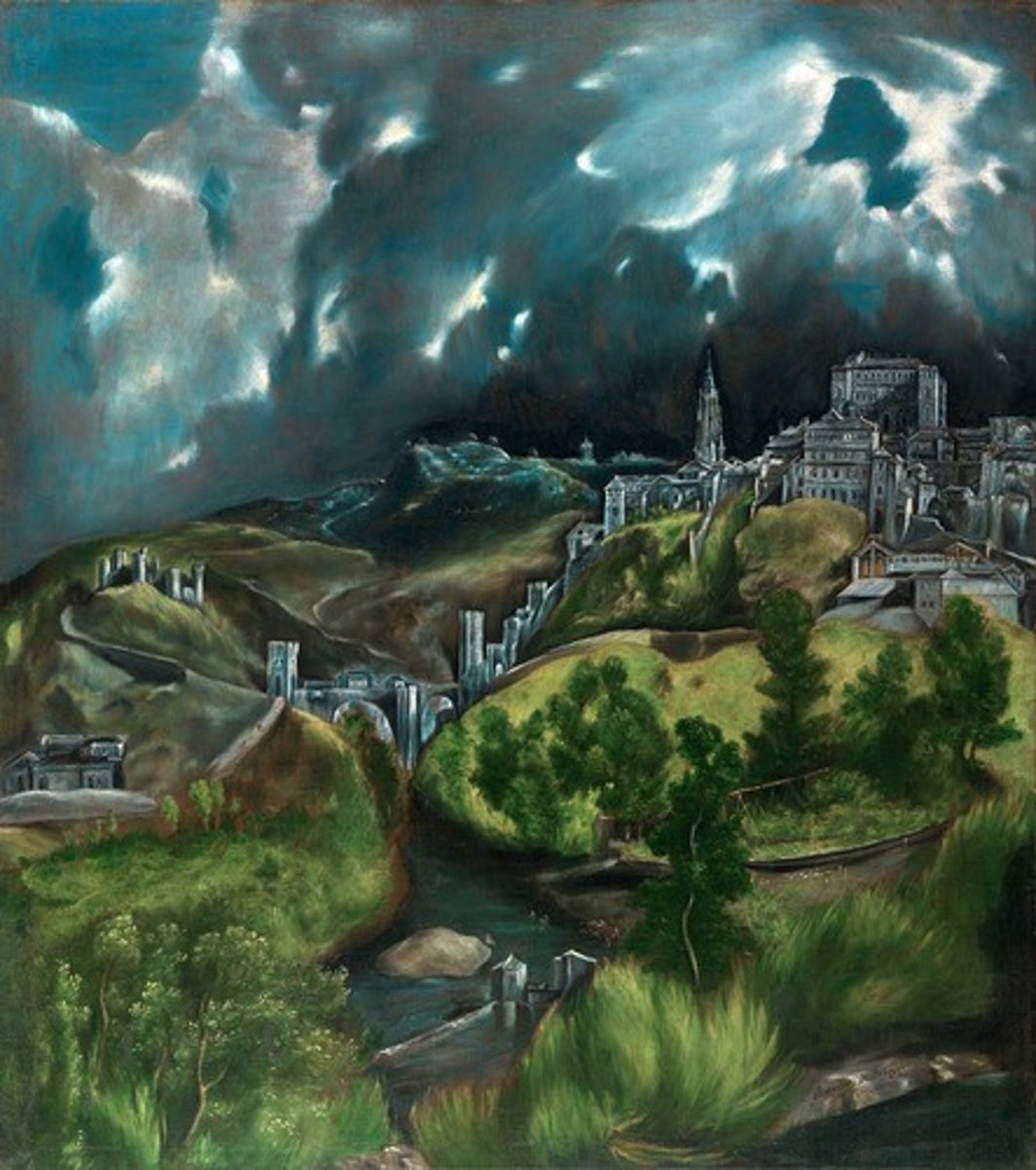
Tintoretto, Last Supper
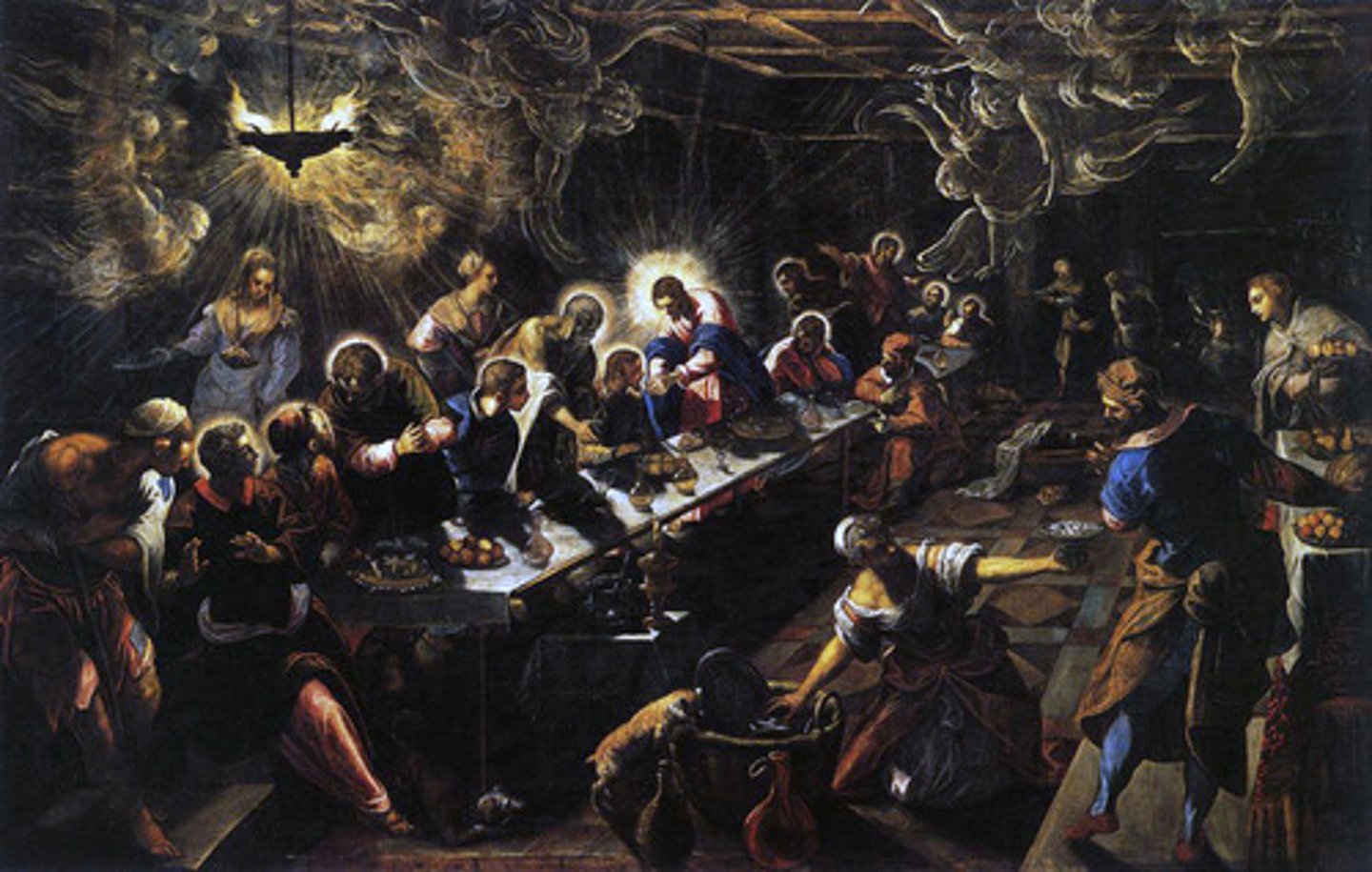
Tintoretto, Judith and Holofernes

Artemesia Gentileschi, Judith Slaying Holofernes
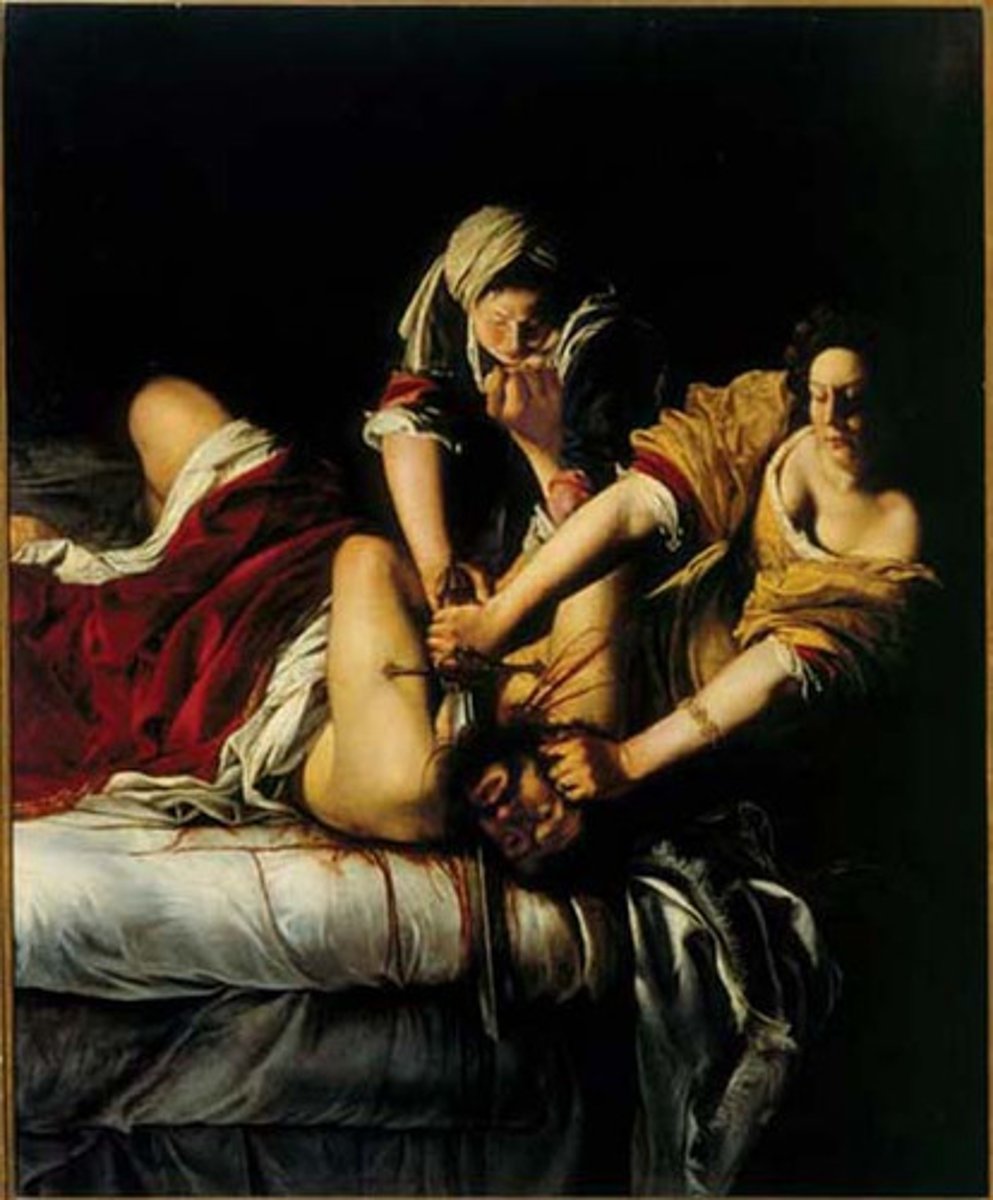
Artemesia Gentileschi, Susanna and the Elders, 1610

Caravaggio, Judith Beheading Holofernes

Peter Paul Rubens, The Three Graces
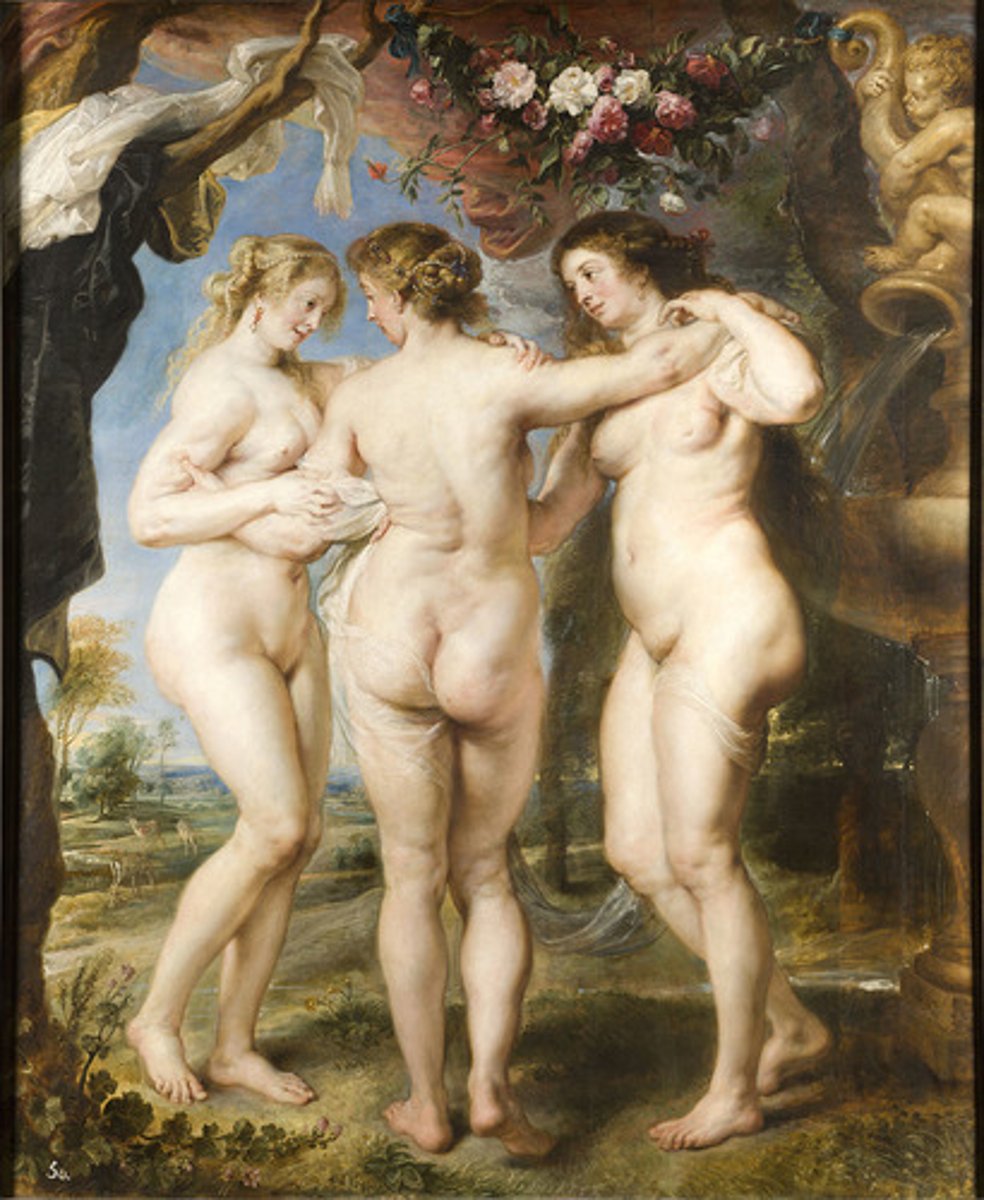
Peter Paul Rubens, Descent from the Cross
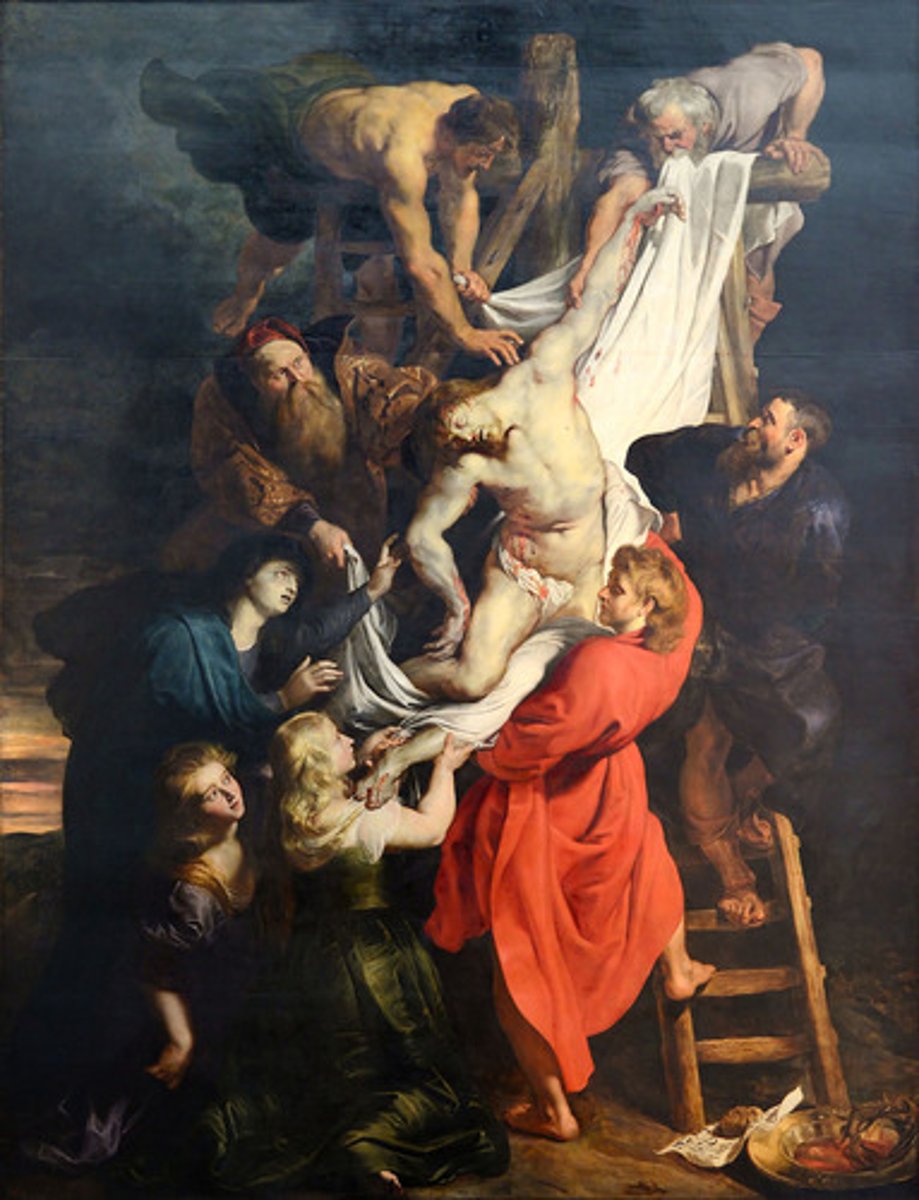
Rubenesque
Used to describe art that depicts full-figured female bodies, a polite way to refer to a tubby woman. ;) based on the work of Peter Paul Rubens.
